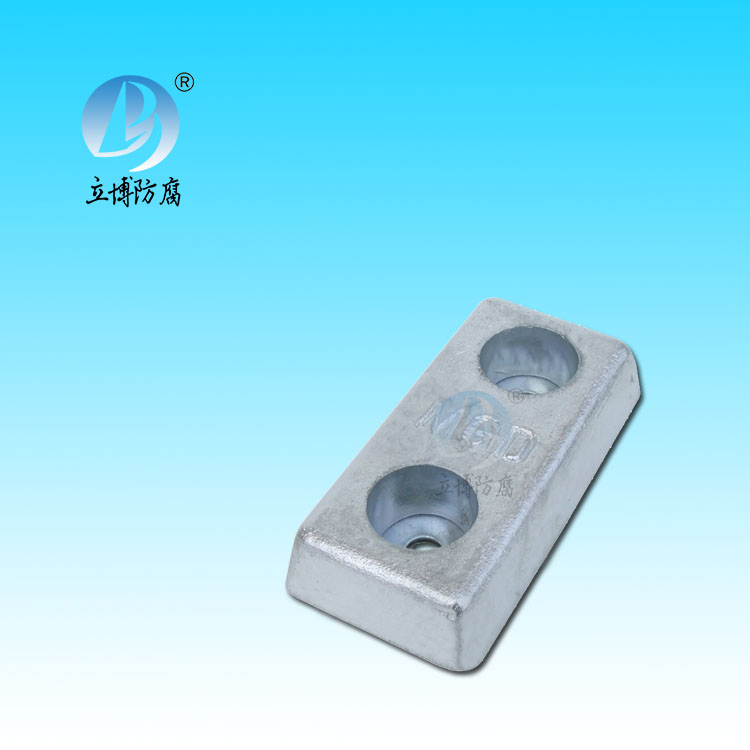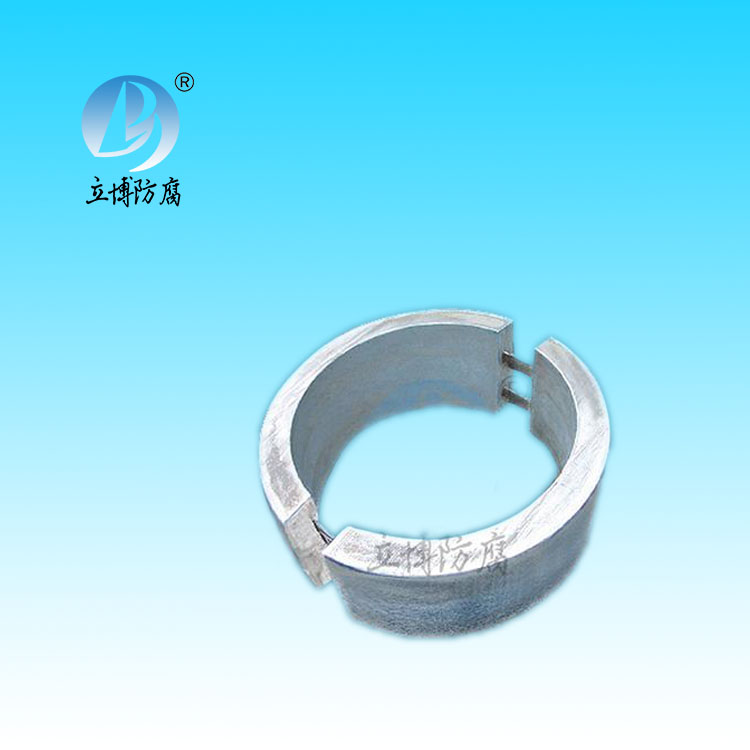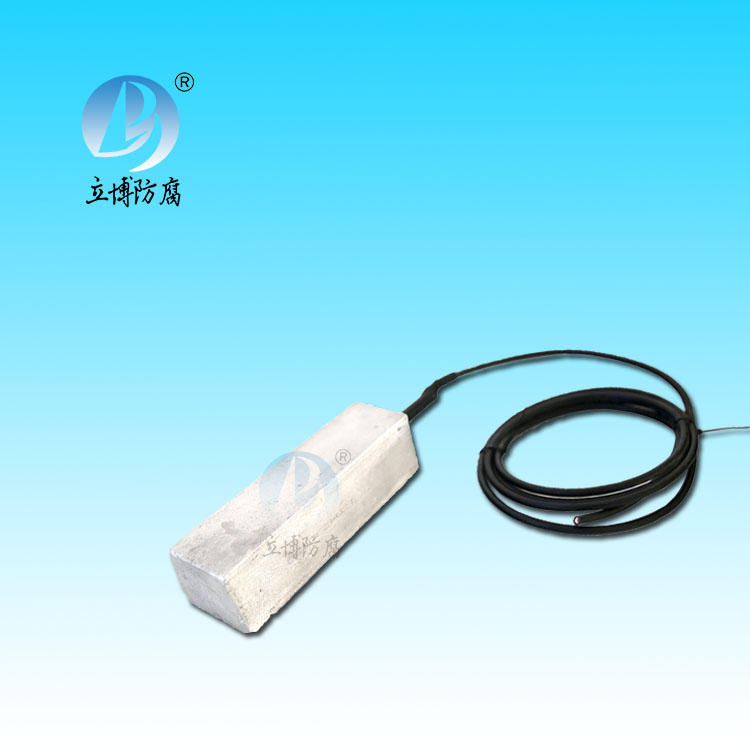News
News
- What is a sacrificial anode
- Basic requirements for reference...
- What does the reference electrode do...
- Why are zinc blocks attached to the ...
- What is the principle of impressed...
- What material does metal structure...
Contact
Phone:18739187123
hotline:0391-7588881
E-mail:970512272@qq.com
Address:Wuzhi County, Jiaozuo City, China
Company News
Effect of heat treatment on aluminum anodes
- Author:Libo
- Source:wwww.godsgracesalon.com
- Date:2021-06-10
- Click:0
Most extruding profiles use 6063-T5 aluminum alloy, this kind of material is usually cooled under tension, after extrusion at about 200℃ after the aging hardening treatment of LH. The main purpose of age hardening heat treatment is to maintain or optimize the mechanical properties of aluminum anode alloy. Grain size is generally not a controllable parameter during production, so changes in grain size can actually be quite large.
In some quenching lines, partial fans are used to cool the surrounding environment. However, it should be considered that the ambient temperature of a large workshop varies greatly with the alternation of day and night, summer and winter, which in turn affects the change of grain size.
In addition, because the aging hardening treatment is based on the strength of the material, there is a tendency to extend the aging hardening treatment time, but not pay attention to the adjustment of grain size.
It is difficult to obtain uniform anodic oxide film after alkali etching and anodic oxidation treatment. Heat treatment temperature management, from the point of view of finishing, is also a very important topic.
And window frame structure material, mounted on large area such as arch wall mural face material, if the grain size is not neat, alkali etching processing is uneven, so the appearance of the anodic oxidation process can't be consistent, thus cause the loss of material yield significantly, so x to processing conditions with the same batch of materials.







 客服QQ
客服QQ